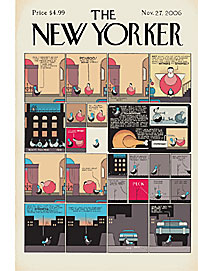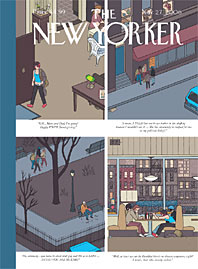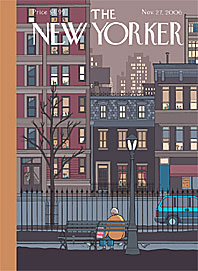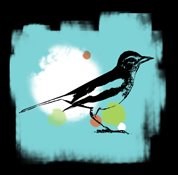Editorial: Narrative Cover for New Yorker
Last week, The New Yorker magazine introduced what it calls the “the narrative magazine cover”. The Thanksgiving issue, (dated November 27, 2006), of the magazine was released with four covers on the newsstand with each image depicting a Thanksgiving scene, two set in 1942 and two today. The stories become intertwined in a fifth installment, a comic strip that will appear on the magazine’s Web site.




What is interesting is that this five-part cover very innovatively melds the two mediums—print and online—elevating the magazine's cover to creative art. All five components are done by cartoonist Chris Ware, whose graphic novel Jimmy Corrigan: The Smartest Kid on Earth, has been called ‘the first formal masterpiece of [the] medium’.
Although some magazines often use different covers of a single issue to spur collectors and fans to purchase extra copies of an issue, MediaPost writer Tom Siebert suggests that the strategy has never been used as segments in a single, continuing narrative.
For the cartoon issue ‘The New Yorker’ set up a special print and distribution run that would guarantee that all geographic regions of the country would receive all four covers. Delivery packaging also worked to place all four covers successively in stacks, so that even two subscribing neighbors in an apartment building stand a good chance of getting different covers!
Related Links:
View the four covers and the concluding comic strip
New Yorker Makes History: 4 Covers Tell One Cartoon Tale
Editorial: When Readers see Double on the Newsstand
Labels: Editorial




 BusinessWeek Digital Free Subscription
BusinessWeek Digital Free Subscription

